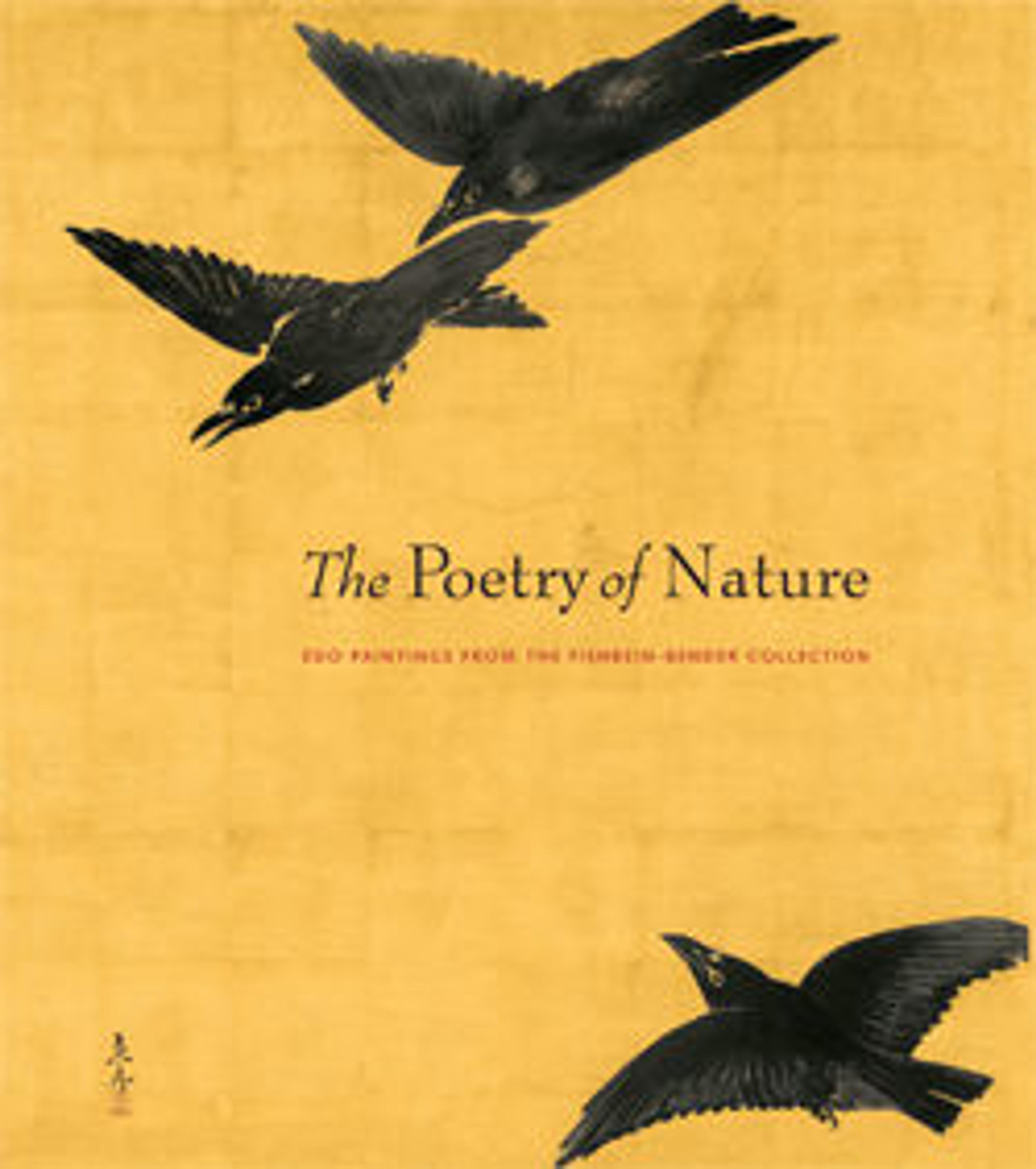Persimmon Tree
This painting, while exhibiting the trademark mottled-ink (tarashikomi) technique of the Rinpa school, reflects the artist’s interest in Western-style realism, which is combined with sophisticated, graceful forms. The intricately curling leaves of the tree and grass evoke the cold sky of the clear fall day alluded to in the inscription, which dates the screen to late autumn 1816.
Hōitsu was born into a wealthy, influential samurai family and had all the advantages of the finest education, including the opportunity to study many of the painting styles available to artists in Edo Japan. He became a monk in 1797 and adopted the priestly name Monsen Kishin, which appears in the seal and signature on this screen.
Hōitsu was born into a wealthy, influential samurai family and had all the advantages of the finest education, including the opportunity to study many of the painting styles available to artists in Edo Japan. He became a monk in 1797 and adopted the priestly name Monsen Kishin, which appears in the seal and signature on this screen.
Artwork Details
- 酒井抱一筆 柿図屏風
- Title: Persimmon Tree
- Artist: Sakai Hōitsu (Japanese, 1761–1828)
- Period: Edo period (1615–1868)
- Date: 1816
- Culture: Japan
- Medium: Two-panel folding screen; ink and color on paper
- Dimensions: Image: 56 9/16 × 56 5/8 in. (143.7 × 143.8 cm)
Overall: 64 1/8 in. × 64 in. (162.9 × 162.6 cm) - Classification: Paintings
- Credit Line: Rogers Fund, 1957
- Object Number: 57.156.3
- Curatorial Department: Asian Art
More Artwork
Research Resources
The Met provides unparalleled resources for research and welcomes an international community of students and scholars. The Met's Open Access API is where creators and researchers can connect to the The Met collection. Open Access data and public domain images are available for unrestricted commercial and noncommercial use without permission or fee.
To request images under copyright and other restrictions, please use this Image Request form.
Feedback
We continue to research and examine historical and cultural context for objects in The Met collection. If you have comments or questions about this object record, please complete and submit this form. The Museum looks forward to receiving your comments.
